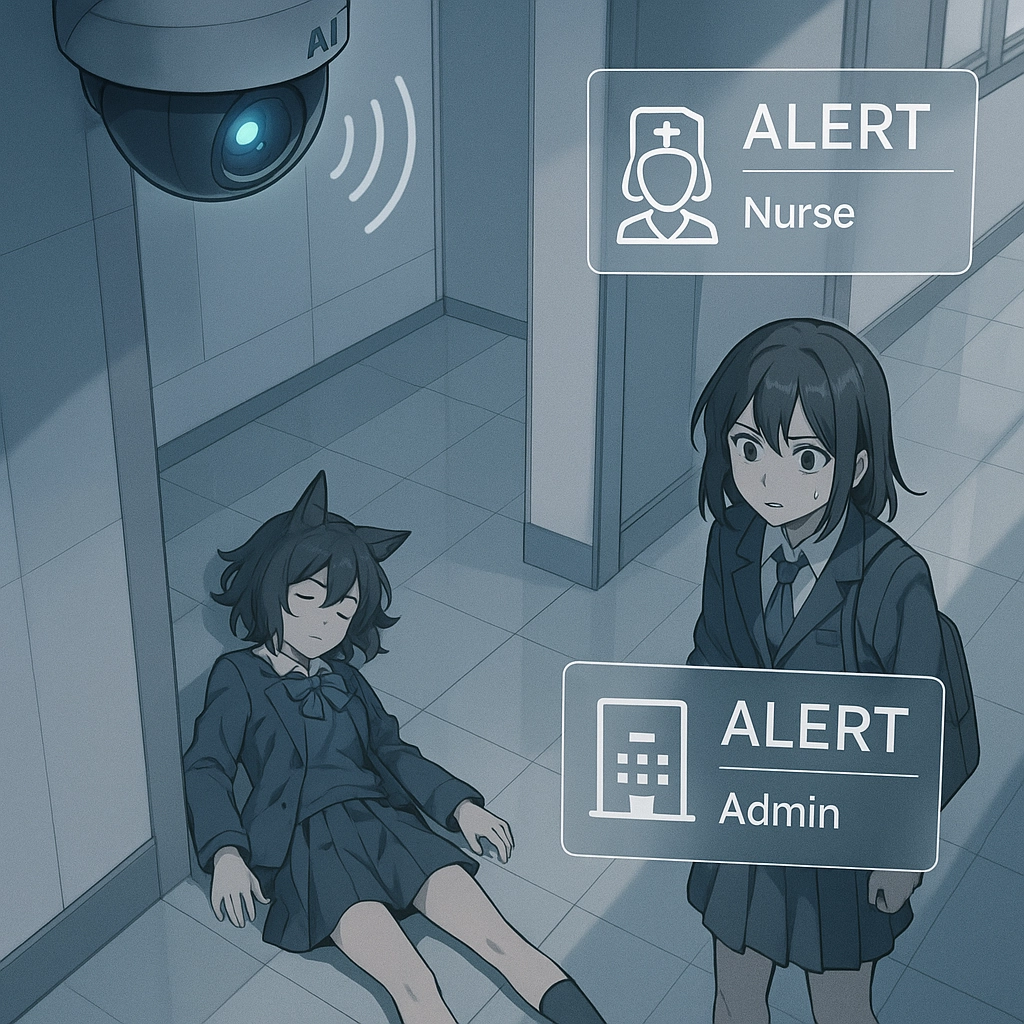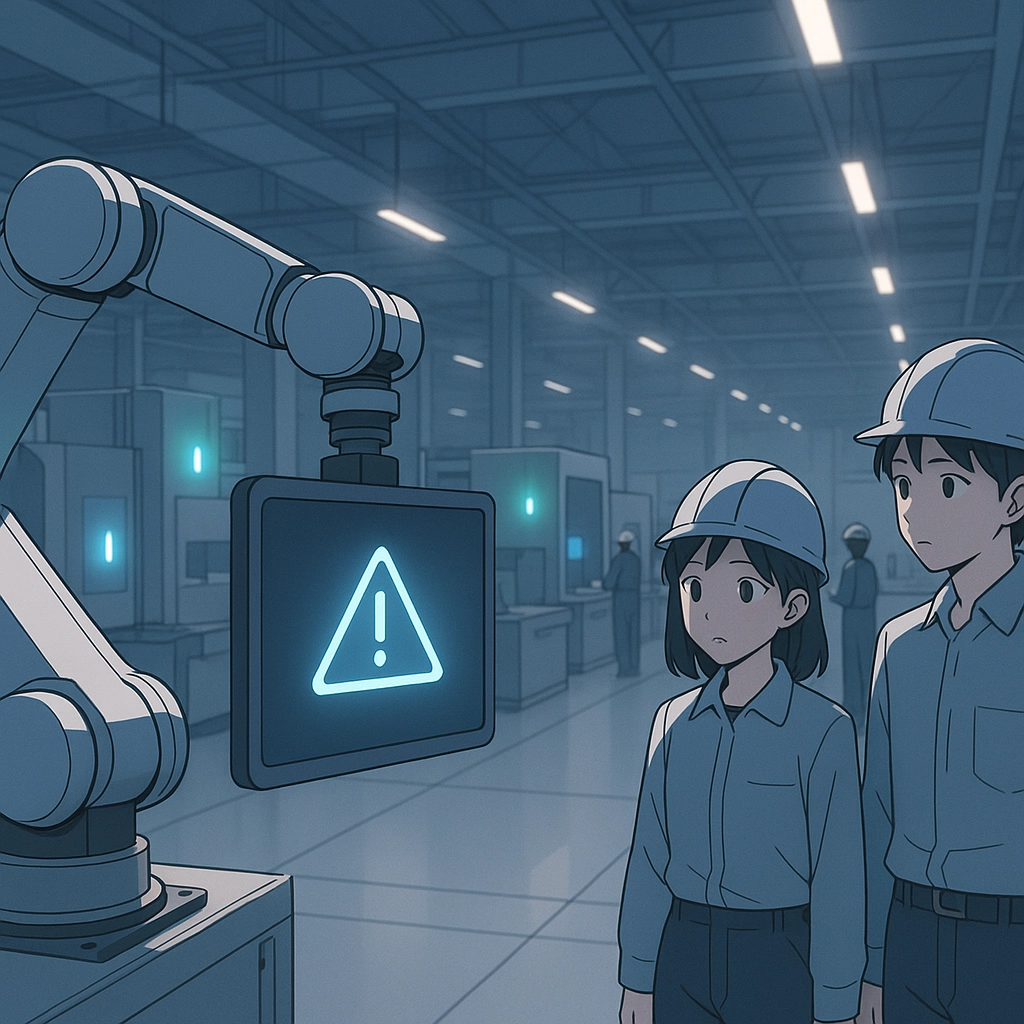Imagine a campus, multi-family community, or manufacturing plant where emergencies don’t derail daily life, but spark a synchronized, intelligent response that’s faster than human reflex. That’s the future AI and IoT have been quietly building behind the scenes—and it’s now here, turning sprawling buildings into minds of their own, able to sense, decide, and act in real time.
Let’s dive into how these technologies are rewriting the script on emergency readiness—one alert at a time.
The Core of Smart Emergency Alerts: AI + IoT = Instant Awareness
Picture a web of sensors and smart devices—everything from air quality sniffers in industrial corners to cameras in school hallways and entry sensors in your apartment building. IoT is the nervous system, collecting feedback on what’s happening right now, everywhere.
But the real revolution starts when AI enters the scene. It’s not just collecting data—it’s interpreting it, learning from it, and relentlessly spotting anomalies. Where a human might miss the early signs of trouble, AI never sleeps or gets distracted by the noise.
Example:
A student collapses in a hallway. A security camera—powered by AI—flags the incident, distinguishes a sudden fall from kids just horsing around, and pings an alert to the on-site nurse’s station, office admin, and even local EMS if warranted. All within seconds.

Schools: Protecting the Next Generation—Before, During, and After
Schools are living, breathing organisms—full of constant movement, diverse personalities, and ever-shifting threats. AI-driven IoT solutions aren’t just theory anymore; they’re in cafeterias, on buses, and woven into security.
- Smart Cameras: Instantly recognize physical altercations, fire outbreaks, or even the presence of unauthorized people on campus.
- Wearable Tech: Panic badges for teachers; emergency apps and smartwatches for students.
- Environmental Sensors: Detect vape smoke (or worse), chemical spills in science labs, or a door propped open after hours.
All this data funnels into a central dashboard—giving both school engineers and administrators crucial seconds, not minutes, to intercept an incident. Alerts are prioritized—fire trumps a false alarm, medical emergency triggers distinct protocols—and communication goes out to the right people at the right time, in the right language.
A school can even practice these responses through “smart drills,” with feedback collected and analyzed by AI to improve over time. It’s proactive, not just reactive.
Manufacturing: Beyond Clipboards and Fire Alarms
If you’ve ever been on a plant floor, you know chaos can brew in the blink of an eye. A sparking panel, a slip near a machine, or a stray chemical vapor—delays can spell disaster. IoT and AI are the sentinel guards, merging for 24/7 vigilance in environments that can’t afford blind spots.
How AI + IoT Change the Game:
- Predictive Maintenance: Vibration sensors flag potential breakdowns before critical machinery fails.
- Gas and Smoke Sensors: Instantly detect spikes in hazardous fumes and auto-initiate evacuation alerts—not just for the main floor, but targeted to at-risk zones.
- Geofencing of Dangerous Areas: AI can recognize when someone enters a restricted zone and alert supervisors, or even lock down equipment in real time.
What was once the domain of keen-eyed shift managers is now a tightly orchestrated ecosystem, reducing workplace injuries, minimizing downtime, and slashing compliance costs. When every second counts, these systems transform frantic scrambles into clear, actionable procedures.

Multi-Family: Community Safety Without Boundaries
Modern apartment communities and condos are like miniature cities—and emergencies can hit at 4am on the top floor or while everyone’s out at work. Enter AI-driven IoT, which works across silent hallways and busy lobbies alike.
- Integrated Fire, Water, and Intrusion Sensors: Break-ins, water leaks, or fire triggers are detected and communicated instantly not just to residents, but to property managers, security teams, and the fire department simultaneously.
- Smart Access and Intercoms: AI can spot tailgating (when someone slips in behind a resident), or verify entrants using biometric patterns—not just fobs or keys.
- Localized Messaging: Residents get personalized, multi-language SMS or app notifications—so nobody’s left wondering what’s happening or what to do next.
The result? Property value goes up, insurance claims go down, and most importantly, peace of mind spreads throughout the building.
Real-Time Coordination: It’s All About the Instant, Intelligent Response
Traditional systems relied on humans catching an alarm and figuring out what to do next. Now, AI systems instantly sort through hundreds of inputs—prioritizing the most urgent signals, squashing false alarms, and even “learning” from every incident to get sharper with each use.
- Dispatches the Right Help: Notifies in-building responders first, then escalates to law enforcement or emergency medical only if needed.
- Automated Protocols: Closes fire doors, unlocks safe exits, or turns on emergency lighting—all triggered according to scenario.
- Multichannel Communication: Simultaneous alerts via email, text, app pop-ups, in-building speakers, and partner platforms.
The brilliance of this system is its ability to shave minutes off responses, reducing damage and saving lives by bringing clarity in chaos.

Breaking Down Barriers: Language, Compliance, and Access
Diverse communities need communication they can act on, fast. AI-driven platforms from ICS Technology Group go beyond simple alerts, using natural language processing to translate emergency instructions into every language spoken on site—sometimes over 135 languages in real time. Multicultural campuses and communities are suddenly on the same page, with smart messaging for every phone, speaker, or screen.
Just as important, AI keeps an auditable trail—filling out compliance logs, reporting to authorities, and helping property managers and schools meet or exceed evolving regulations.
The ROI: Saving Time, Money, and Maybe a Whole Lot More
Let’s be real: upfront investments make some organizations pause. But the payback isn’t just in avoided tragedy—it’s in smaller insurance bills, lower turnover, and keeping your doors open after an incident that would have once been catastrophic. Preventing property loss, reducing liability claims, and even leveraging predictive insights for maintenance drive real savings.
Cloud-based systems and flexible subscriptions mean that AI-driven IoT protections aren’t just for the mega-campuses or Fortune 500 plants. Mid-size schools, community-focused property managers, and independent manufacturers can implement them at scale, backed by expert support.
Want to See These Solutions in Action?
ICS Technology Group is driving the future of emergency response—it’s what we’re passionate about, and it’s why we’re here. Want a tailored security assessment or curious just how much time and money you could save? Check out our services page or try our MDU ROI calculator to see for yourself.
The new era of safety is already here—one where AI and IoT collaborate to keep every person, asset, and moment safe, 24/7. And we think that’s a revolution worth acting on.


